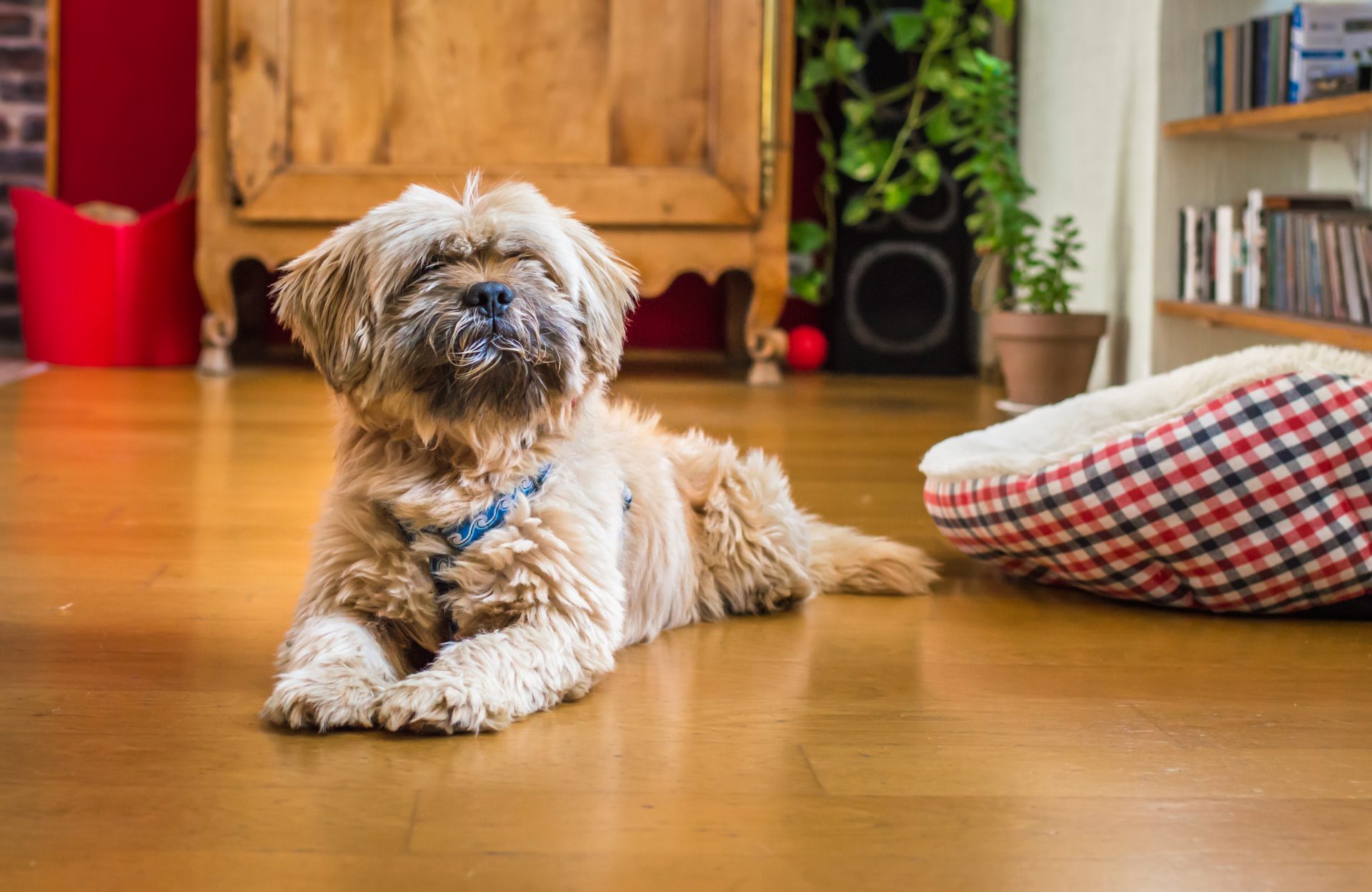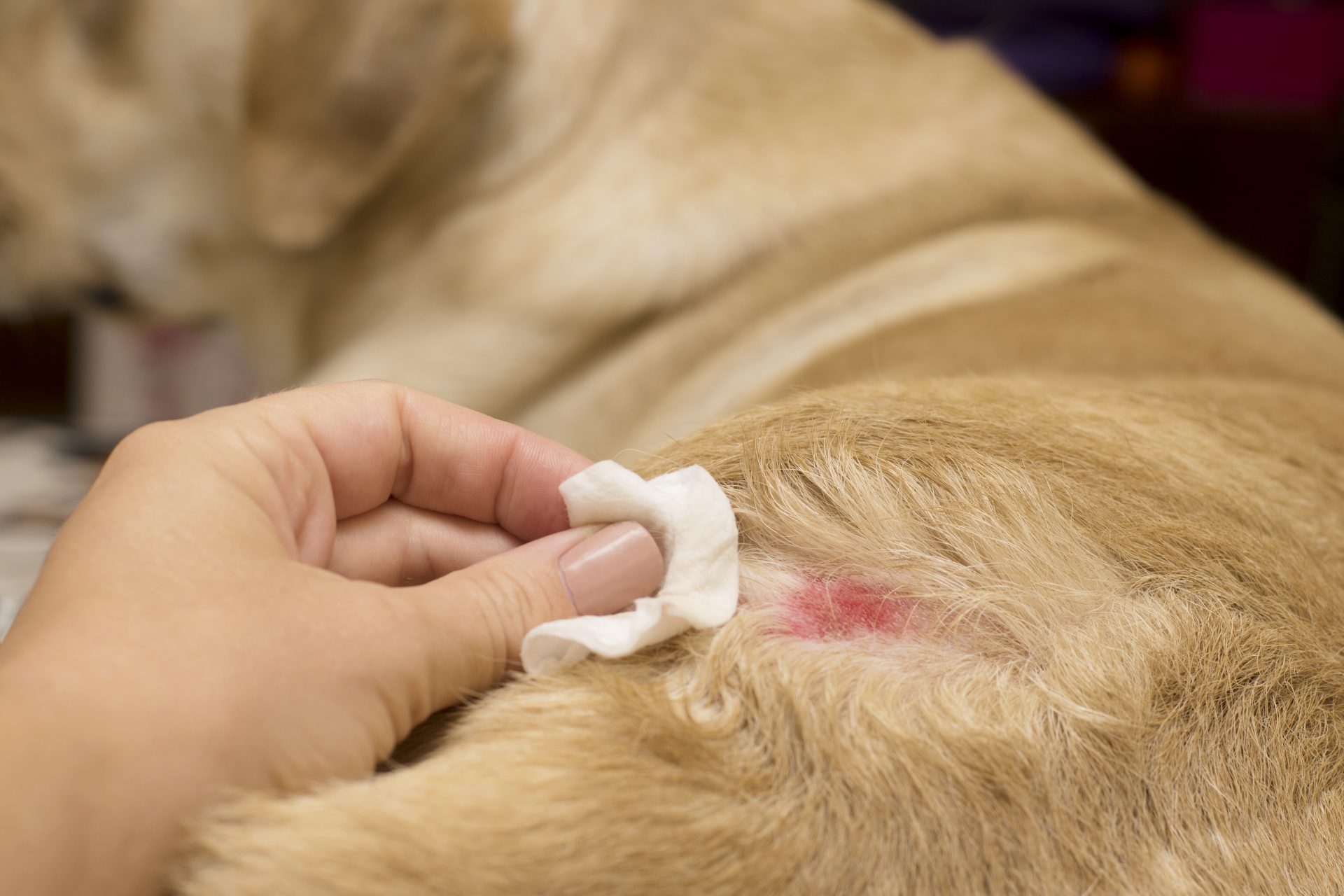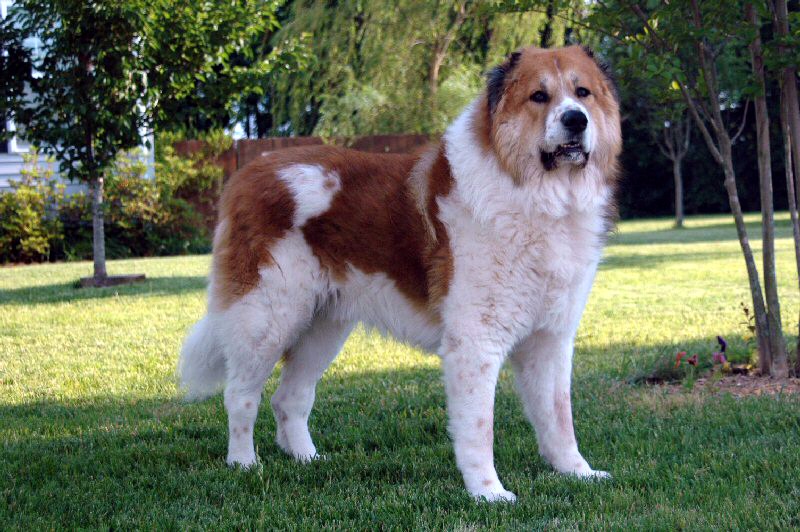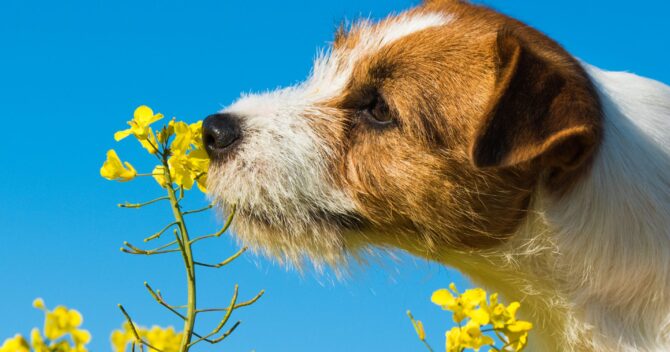History of the breed
The Havanese is named after the Cuban capital, Havana. This dog belongs to the Mediterranean Bishon family that migrated with people to different parts of the world. In Cuba, the Havanese made a home thanks to Spanish settlers in the early 20th century and was a decoration in the homes of planters and aristocracy. For hundreds of years, this quadruped has spread among rich people and was a favorite of well-born ladies. Many images of this pooch come from the XNUMXth and XNUMXth centuries. Charles Dickens, and later Ernest Hemingway, during his XNUMX-year stay in Cuba.
It is believed that the Havanese comes from two no longer existing breeds: Bichon Tenerife and Blanquito de le Habana - small quadrupeds with long and silky fur. During the Cuban Revolution in 1959, several Havanese dogs entered the United States along with refugees, and from then on, representatives of this breed began to gain great popularity on the North American continent. In 1963, the FCI classified the Havanese as a breed. 1979 is the year in which the Havanese Lovers Club was established in America, and in 1996 the American Kennel Club officially recognized this breed as a lap dog (Toy Group). The Havanese was recognized as the Cuban national dog, and in 1992 the official mark of this breed was issued.
Suggested sizes and widths of accessories for this breed of dog:
Here are the suggested sizes for adult dogs of this breed. They were selected on the basis of many years of experience in sewing accessories and the most common choices of other dog owners of this breed. Remember, only measuring will give you 100% certainty - every dog is different.
Appearance
The Havanese is a small and full of hair quadruped belonging to the group of companion dogs, classified in the section of the Bishons (FCI: group IX, section 1, standard no. 250). Its weight is 4-7 kg, height is 23-27 cm, and life expectancy is 13-15 years. The silhouette of the Havanese fits in a rectangle, with the body longer than its height at the withers. A distinctive feature of the Havanese is a long, flowing robe that is soft and silky to the touch. Hair can form curls. This dog has a long coat of hair and a woolly undercoat (usually underdeveloped). Curly or rough hair is not desirable. A Havanese hair must be fluffy and wavy when moving. The puppy has a softer coat texture and shorter hair.
The coat of the Havanese can be of various colors, but the most common color is tobacco (havana). It is also often available in black, white, ash and mahogany. The Havanese's eyes are quite large, almond-shaped, and brown. They are covered by thick fringe. The nose may be black or brown. Ears set high, pointed, drooping, hidden in a mass of hair. It has a scissors bite.
Havanese and his character
The Havanese is a very cheerful, fun-loving pooch. He is outgoing and does not like being alone at home. She loves her family and adapts easily to the home's daily schedule and lifestyle. He is an affectionate pet, loving children, tireless in playing with them. However, he is prone to mischief, especially if he is not given the proper attention and provided with enough toys. He is not an excessively barking dog, but will sound an alarm when guests approach his house. After a while, however, he greets them with friendships. The Havanese gets along well with other pets, accepts cats without any problems. A dog of this breed is an excellent companion for leisurely walks, longer bike rides (in a basket, trailer). He can live in a block of flats, in a house with a garden, but he should stay overnight in an apartment, not, for example, in a playpen in the garden.
Training and skills
The Havanese is a typical companion dog that works great with the handler. He is great at sports such as agility and flyball, as well as working as a dog therapist. Dogs of this breed are known to act as guides for deaf people.
The Havanese dog learns quickly and it was this skill that was used years ago during his performances in the circus. He loves to be praised for his training efforts. He also enjoys showing off his tricks and often does them without command to get attention. His upbringing should include early socialization, consistent and friendly training.
Havanese Grooming
The Havanese is a dog that requires daily care. His hair can reach a length of 18 cm. The coat should be brushed daily and bathed weekly. If an adult representative of this breed is shaved every 6-8 weeks, then baths can be used a bit less frequently (every 3-4 weeks). Hair that falls over the eyes can be tied up. However, they should not be trimmed too short.
A puppy's fur needs to be brushed several times a week as its fur is twisted into a natural string. If the guardian gives up frequent combing, then the Havanese's robe becomes covered with original weaves. The dog, however, requires a weekly bath, after which his coat should be thoroughly followed
dry and inspect the ears. Moreover, monthly nail trimming and brushing teeth twice a week are obligatory care procedures.
Havanese - health
Havanese is considered a long-lived breed (it can live up to 15 years) and healthy. He has eye diseases, such as cataracts, heart murmurs, and kneecap prolapse, which are typical of miniature breeds. The less common ailments include: progressive retinal atrophy and hip dysplasia.
Curiosity
Due to the type of coat, the Havanese is one of the breeds recommended for allergy sufferers.
Maybe you'll like it:



